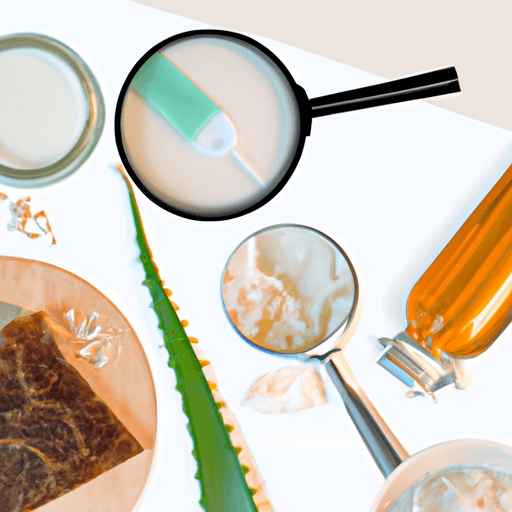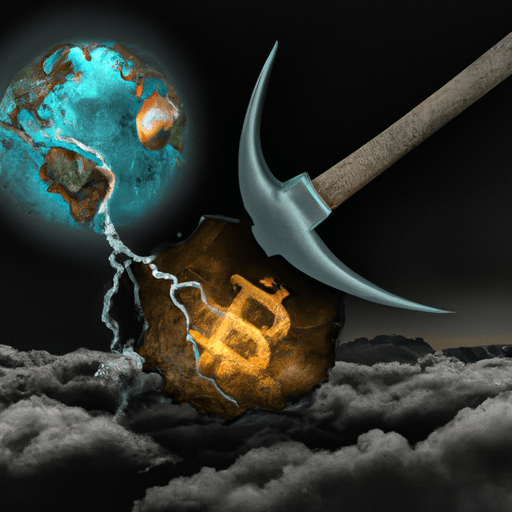Seasonal Produce: Tradition, Nutrition, and Sustainability
In the modern culinary sphere, there has been a delightful resurgence in the preference for seasonal produce. From enhancing flavor profiles to increased nutritional content, the usage of seasonal ingredients is deeply rooted in the tradition of diverse societies around the globe. This article endeavors to shed light on the profound impact of seasonal produce on traditional cooking practices, their benefits, and their role in today's burgeoning food trends.
The Seasonal Wheel: Impetus of Culinary Creativity
Seasonal availability of produce has played an integral role in shaping the culinary landscape worldwide. Depending on the season, different fruits, vegetables, and herbs come to the fore, stimulating creativity in the kitchen. Traditional cooking methods were influenced by this cyclical availability of ingredients, and with each season's change, different dishes were born.
For instance, a traditional Mediterranean summer dish, Ratatouille, is a perfect example of how the season's bounty of eggplant, zucchini, bell peppers, and tomatoes is showcased. In contrast, a classic winter dish from India, 'Undhiyu,' captures the essence of winter vegetables like brinjal, potatoes, yam, beans, and an assortment of regional greens.
Nutrition, Sustainability, and Economic Benefits
Using seasonal produce not only enriches our diet with a wide variety of nutrientsyear-round but also promotes sustainability. Produce grown in its rightful season requires fewer resources and is more resistant to pests, reducing the need for harmful pesticides. Additionally, seasonal consumption of locally grown produce aids in boosting the local economy by promoting local farms and businesses.
Winter root vegetables like carrots, turnips, and sweet potatoes are high in vitamins A and C, boosting our immunity in colder months. Similarly, summer yields like squash, cucumbers, and berries provide ample hydration and antioxidants in warmer climates.
The Resurgence in Modern Culinary Trends
Modern culinary trends are echoing these time-honored practices, recognizing the tangible benefits of seasonal consumption. Farm-to-table restaurants emphasize the use of local, seasonal produce, celebrating the diversity and freshness of nature's offerings. Moreover, seasonal eating aligns with the growing awareness and demand for sustainable practices.
Take the example of the 'ramp' (wild leek), a springtime delicacy in the Appalachian region, USA. Its unique flavor has made it a versatile and sought-after ingredient in gourmet cooking. Meanwhile, Japanese cuisine's strong emphasis on seasonality is evident in dishes like 'Kaiseki,' with every ingredient reflecting the current season, and its presentation acting as an ode to nature's beauty.
Conclusion
In essence, the role of seasonal produce in traditional cooking underscores not just the diverse culinary landscape of our world but also our intrinsic connection to the environment. It's a testament to the symbiotic relationship between our ancestors' culinary ingeniousness and the changing seasons, a tradition that's making a timely comeback in our current culinary scene, providing gastronomic delights while nurturing health, sustainability, and economic growth.


















Comments
Leave a Comment